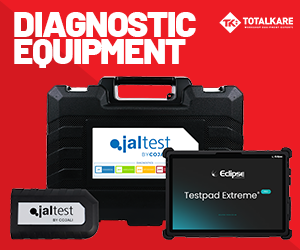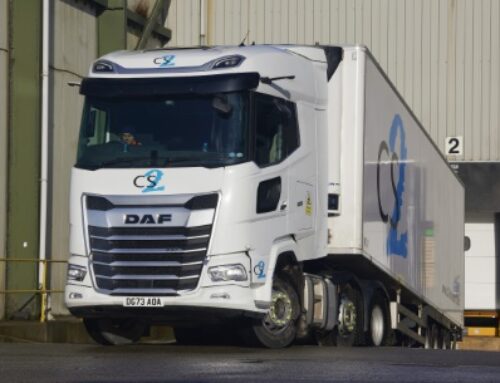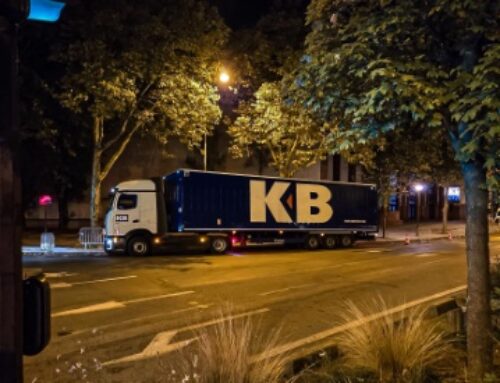Trial challenges green credentials of newer vehicles
 Keeping traffic moving smoothly will have a large impact on air quality, according to a trial in Brighton involving real-time measurement of the exhaust emissions of buses.
Keeping traffic moving smoothly will have a large impact on air quality, according to a trial in Brighton involving real-time measurement of the exhaust emissions of buses.
This also found that older vehicles produce less harmful emissions than their newer counterparts if they are retrofitted with suitable exhaust aftertreatment systems, suggesting that, pound-for-pound, relatively cheap modifications to existing vehicles could in some cases have a far more significant positive impact on air quality than their replacement with brand-new vehicles.
The trial, conducted by long-established engineering consultancy Ricardo, involved measuring the emissions from a Euro 4 EGR bus and a Euro 5 SCR bus, both with conventional drivelines, and a Euro 5 SCR bus with a hybrid driveline, all of which were ballasted with the equivalent of a 70 per cent passenger load and driven on the Brighton & Hove Bus and Coach Company’s number seven route: which passes through a congested area of poor air quality.
While overall the emissions levels followed the expected trend, with CO2 and NOx levels reducing from Euro 4 to Euro 5 to Euro 5 hybrid, it was also found that the certified emissions level of the vehicle was not necessarily a reliable predictor of the lowest comparative emissions at a particular location or time.
Different driving styles were included in the trial of the Euro 4 vehicle, but they appeared to have little impact on exhaust emissions levels.
More significantly, erratic stop-start conditions on part of the route that demanded multiple cycles of braking and acceleration while travelling uphill caused significant upward spikes in CO2 and NOx emissions.
Ricardo concluded that this type of operation presented a significant challenge to the SCR and EGR systems of the conventional buses and rapidly depleted the hybrid’s batteries.
Jon Anderson, Ricardo’s manager of aftertreatment and chemical analysis said: “The results of this work have provided some potentially very valuable insights into vehicle emissions at a location of known poor air quality. I hope the information generated is of use to the city council in its planning of future traffic improvement schemes.”
Subsequently, Ricardo carried out further trials using an older Euro 3 bus retrofitted with an SCR system and a continuously regenerating particulate trap. Astonishingly, both when averaged across the whole route and when measured at the congested pollution hotspot, the modified Euro 3 vehicle’s total emissions were “substantially below those of all other buses tested, including the Euro 5 hybrid.”
Emissions of the more harmful NOx gas, NO2, as a proportion of the total were also significantly reduced and consisted of less than 10 per cent of NOx emissions.
While emissions from the Euro 3 vehicle were significantly higher for the first five to ten minutes of operation, indicating that the aftermarket systems needed time to warm up before they became fully effective, Ricardo’s engineers reported that the Euro 3 bus could be made cleaner still by improving the AdBlue dosing of the SCR system and better thermal management of the exhaust
Jon Anderson said: “The results of this additional study challenge the conventional received wisdom that newer vehicles are always better in terms of their emissions.
“While there is some scope for improvement of the installed system, the Euro 3 retrofit bus equipped with selective catalytic reduction and continuously regenerating particulate trap, produced significantly lower NOx emissions than all other vehicles tested, including a Euro 5 hybrid.
“As bus operators attempt to balance their fleet replacement cycles with the imperative to reduce pollution and hence improve urban air quality, the optimal use of retrofit clean technologies of this nature may be an attractive and highly effective alternative to the early replacement of older vehicles.
“Local authorities are examining the potential of such retrofit solutions in the rules governing future low emission zones, as these may provide a highly practical path to reducing emissions at source.”












